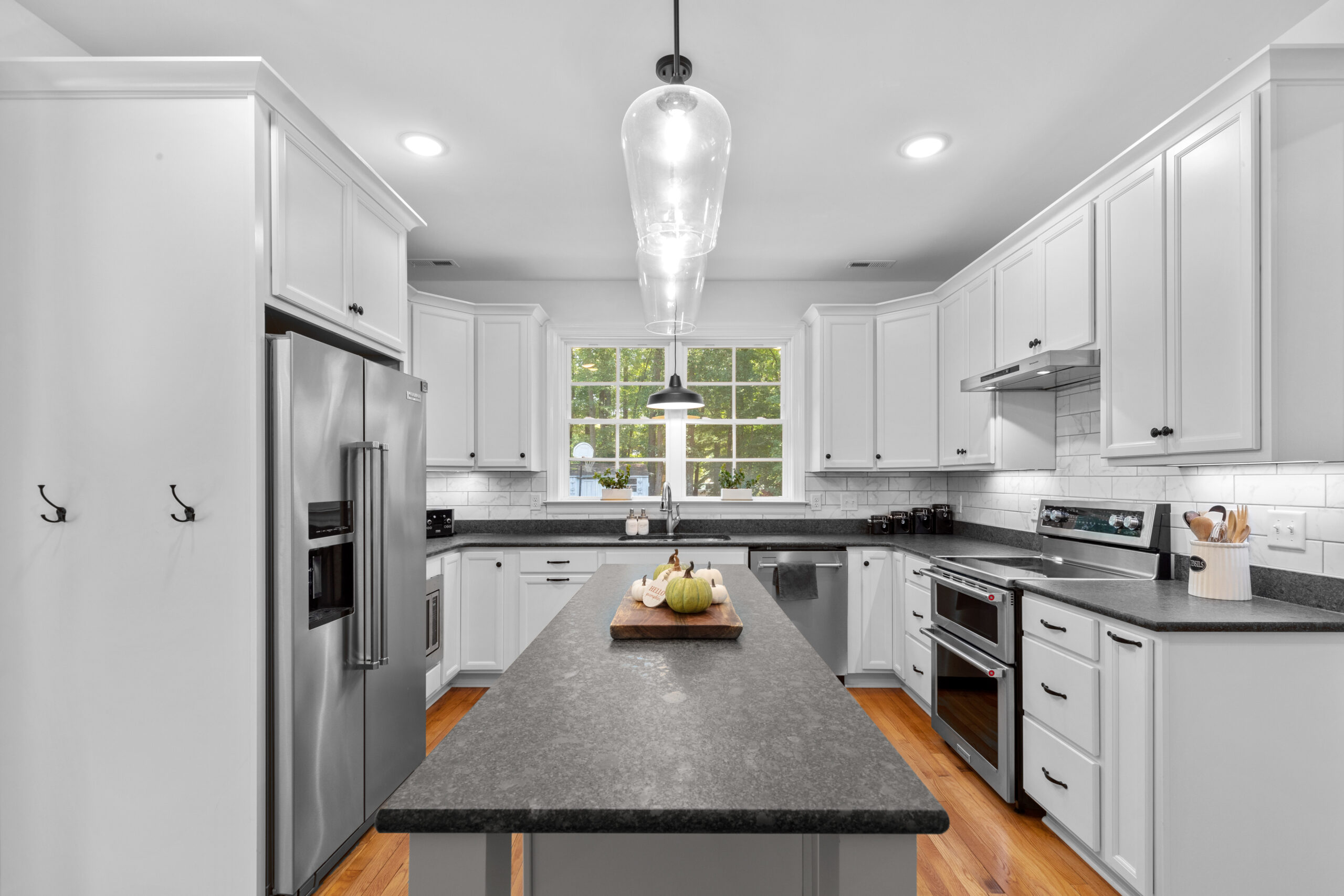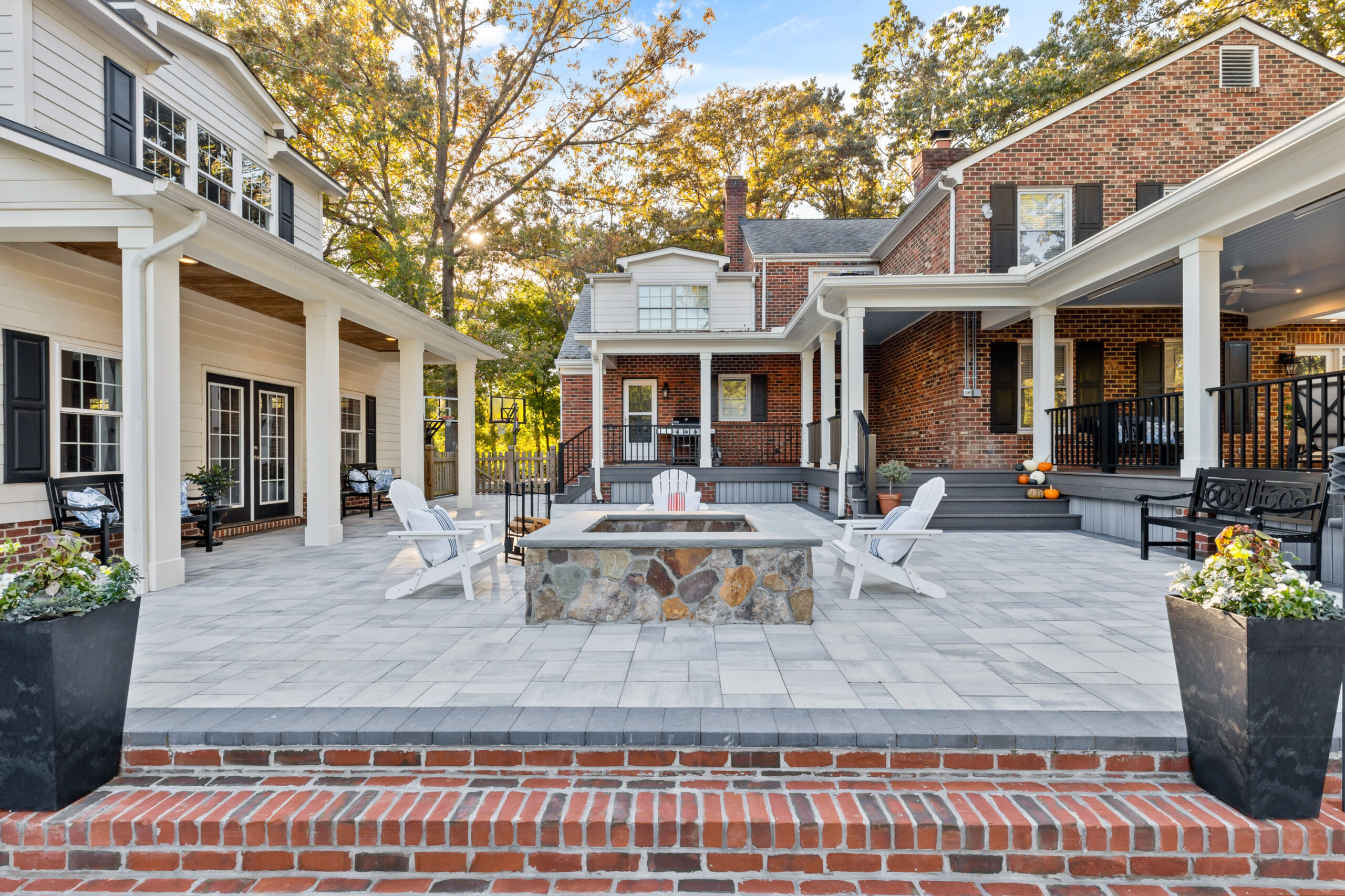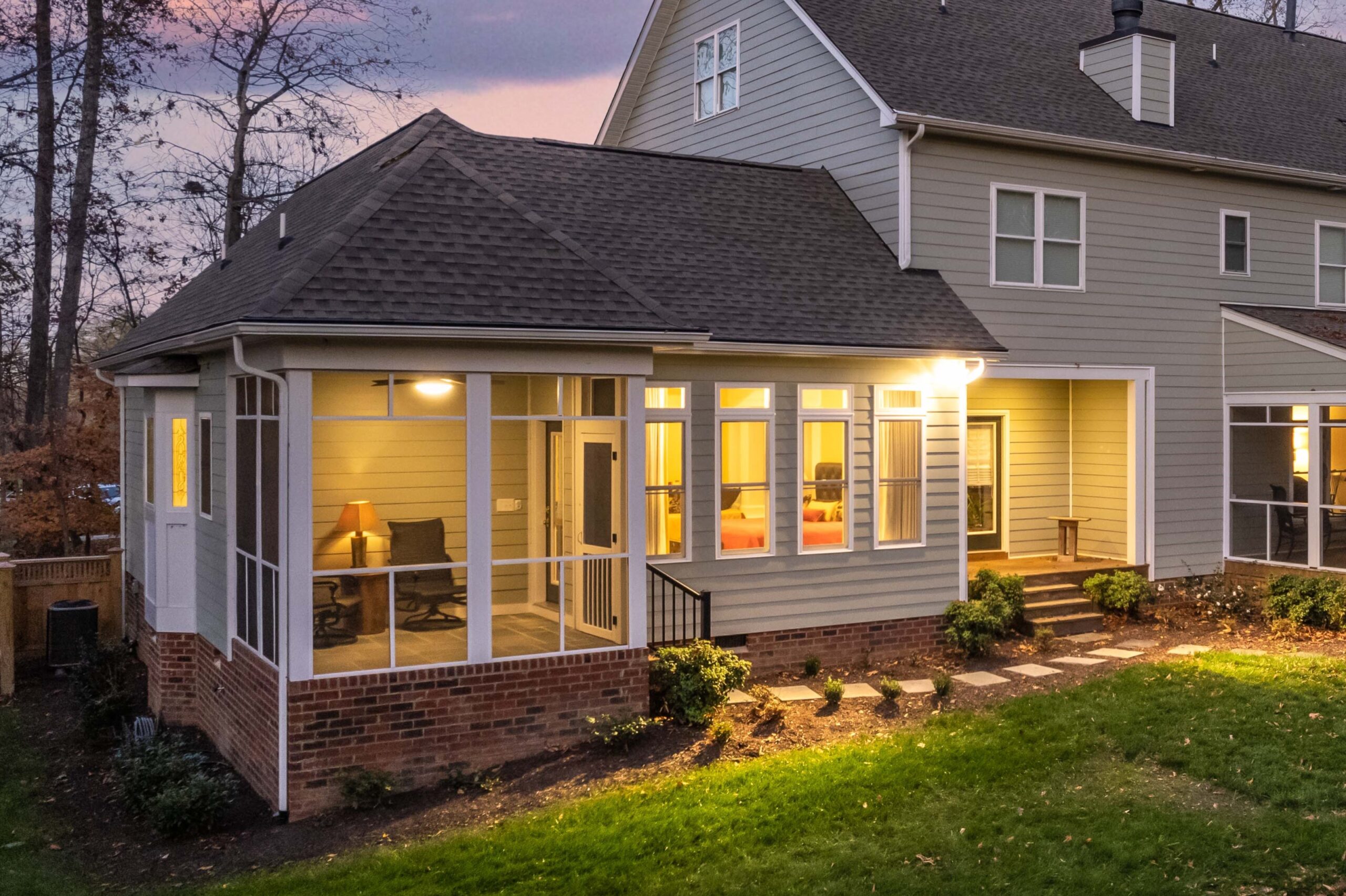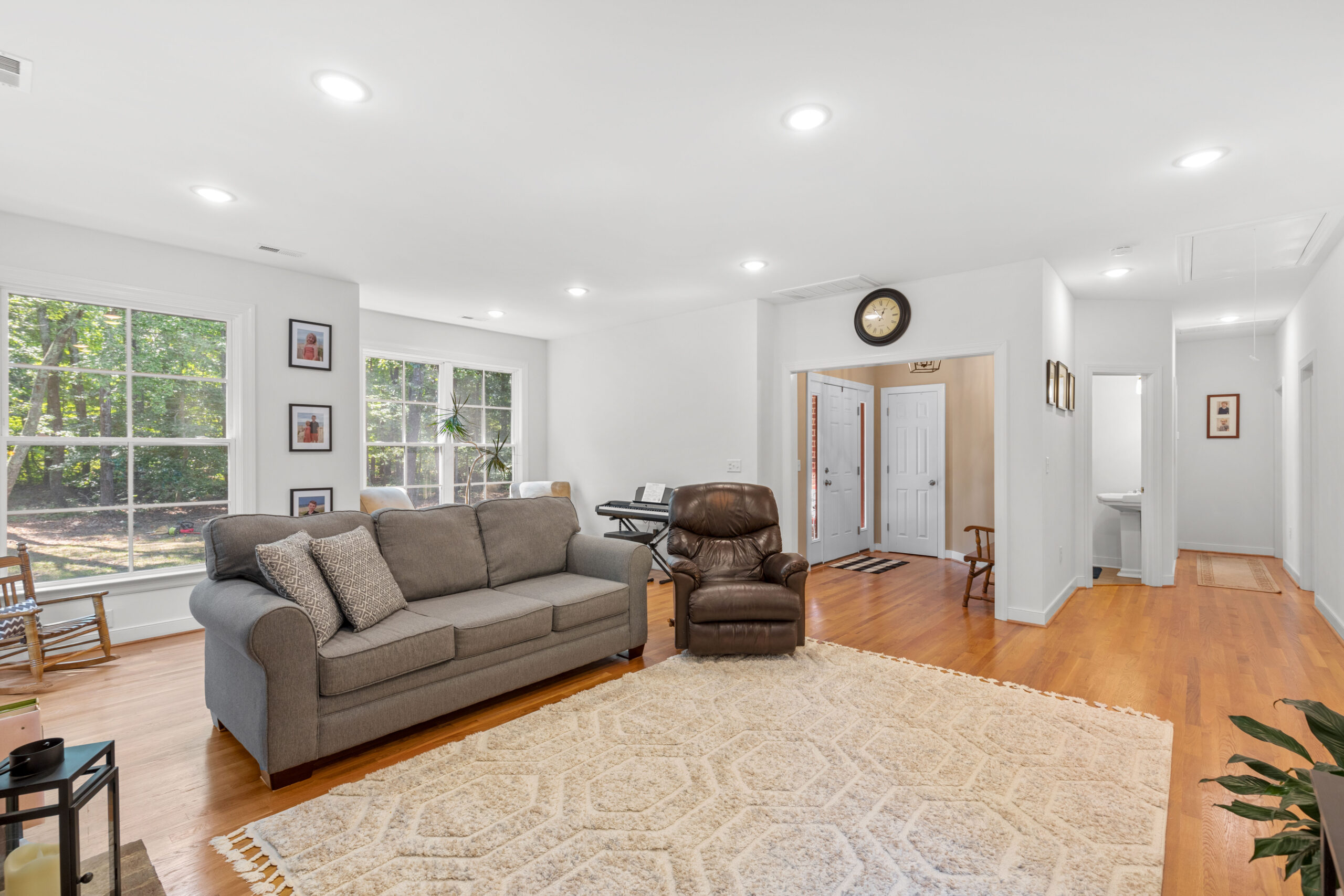Kitchens and bathrooms are two of the most important spaces in any home—used daily, expected to perform well, and often central to renovation goals. Yet many fall short not because of budget, but because of poor planning. Here’s how to avoid common issues and create spaces that are practical, durable, and visually strong.
Kitchen Workflow: Design Starts with Movement
One of the biggest kitchen mistakes is ignoring the layout of key zones: prep, cooking, cleaning, and storage. A well-functioning kitchen creates smooth movement between the refrigerator, sink, and stove (“the work triangle”) while providing enough space for multiple users. Avoid crowding by planning generous clearances and placing trash, recycling, and dish storage logically.
Custom Cabinetry: Storage with Purpose
Cabinetry should match how you live. Deep drawers for cookware, slide-out pantry shelves, tray dividers, and appliance garages reduce clutter and keep items where you use them. A kitchen with custom or well-thought-out storage saves time every single da
Material Selection: Long-Term Thinking
Surfaces should be attractive and resilient. Countertops need to withstand heat, spills, and chopping. Floors should be slip-resistant and easy to clean. Always consider how materials will look and perform 5-10 years from now.
Bathroom Functionality: Flow and Comfort
Bathroom design should begin with layout. Avoid tight squeeze zones, awkward toilet placement, or vanities that conflict with door swings. In small bathrooms, wall-mounted vanities or pocket doors can free up space.
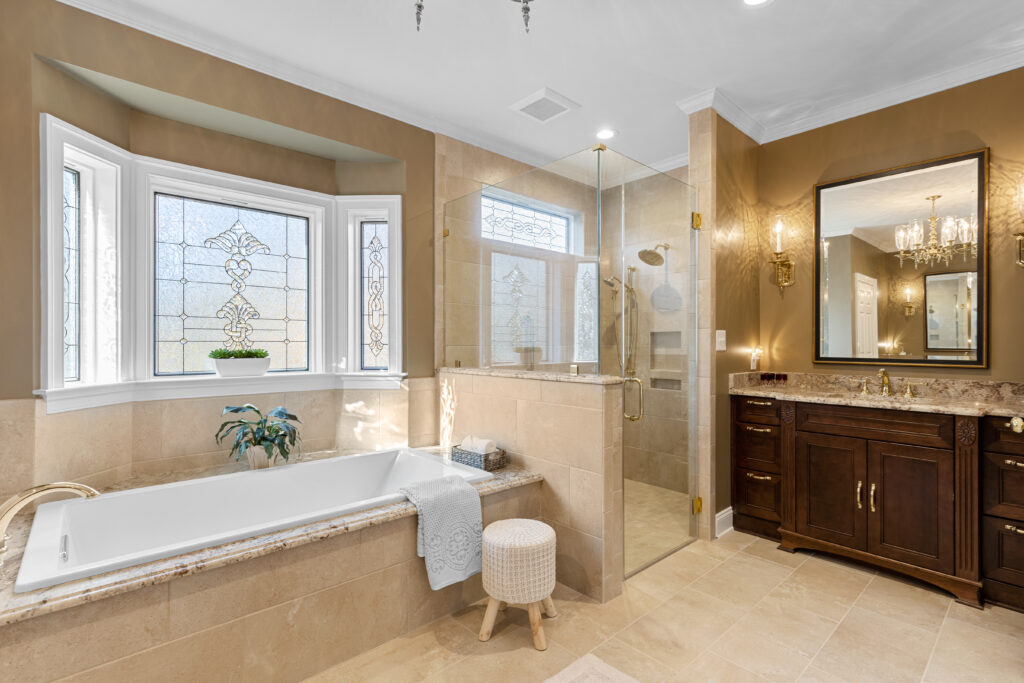
Moisture and Material Durability
Select water-resistant finishes—porcelain tile, quartz, sealed stone—and install adequate ventilation to protect everything from mold and humidity damage. Vent fans should be sized to the room and run on timers.
Storage and Lighting
Recessed medicine cabinets, drawer organizers, and open shelving add everyday function. Good bathrooms also layer lighting: ambient, task (mirror), and accent.
Takeaway
Kitchens and bathrooms should be designed as hard-working, efficient spaces—and then made beautiful. Start with how the spaces need to function, and form will follow naturally.


